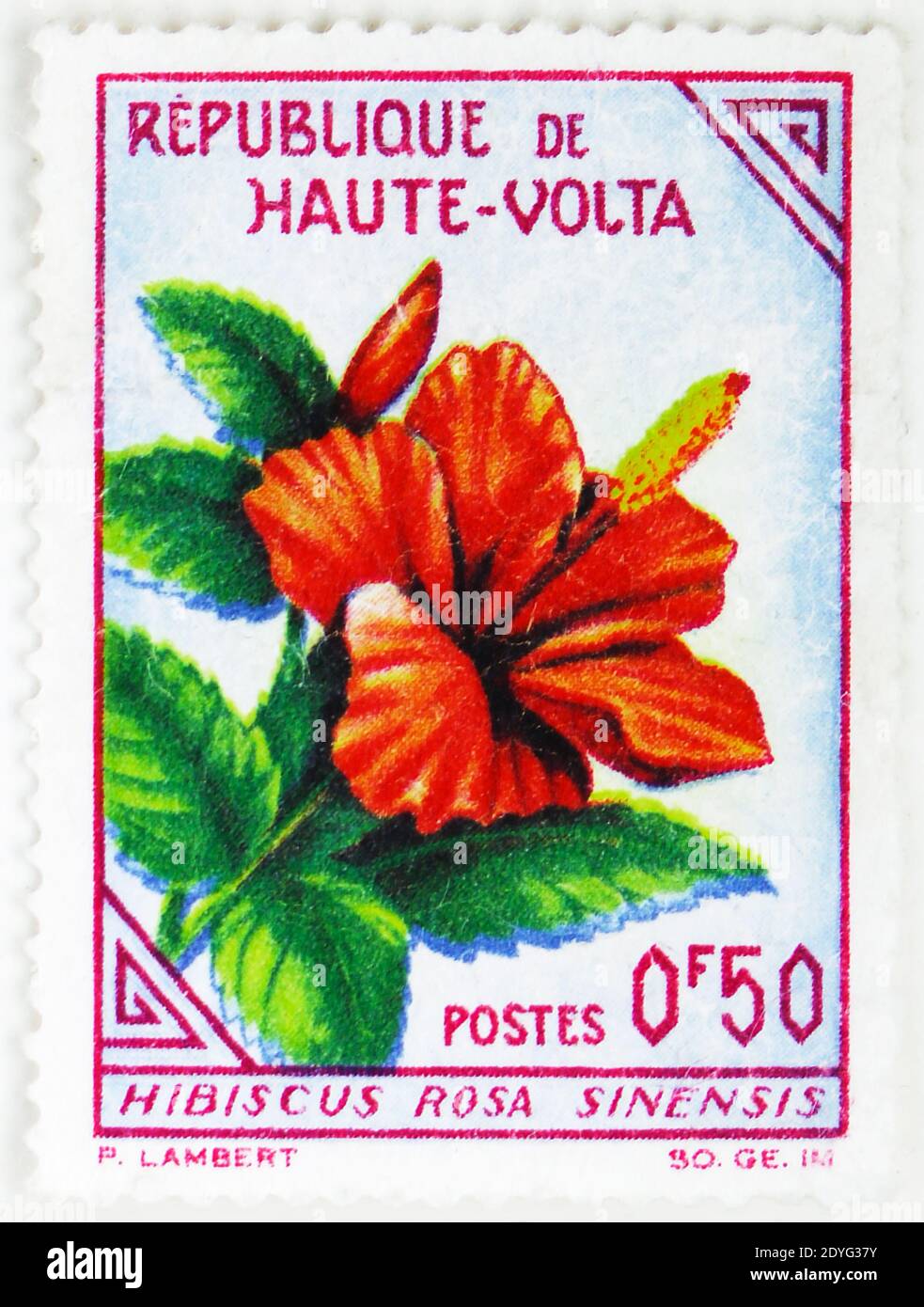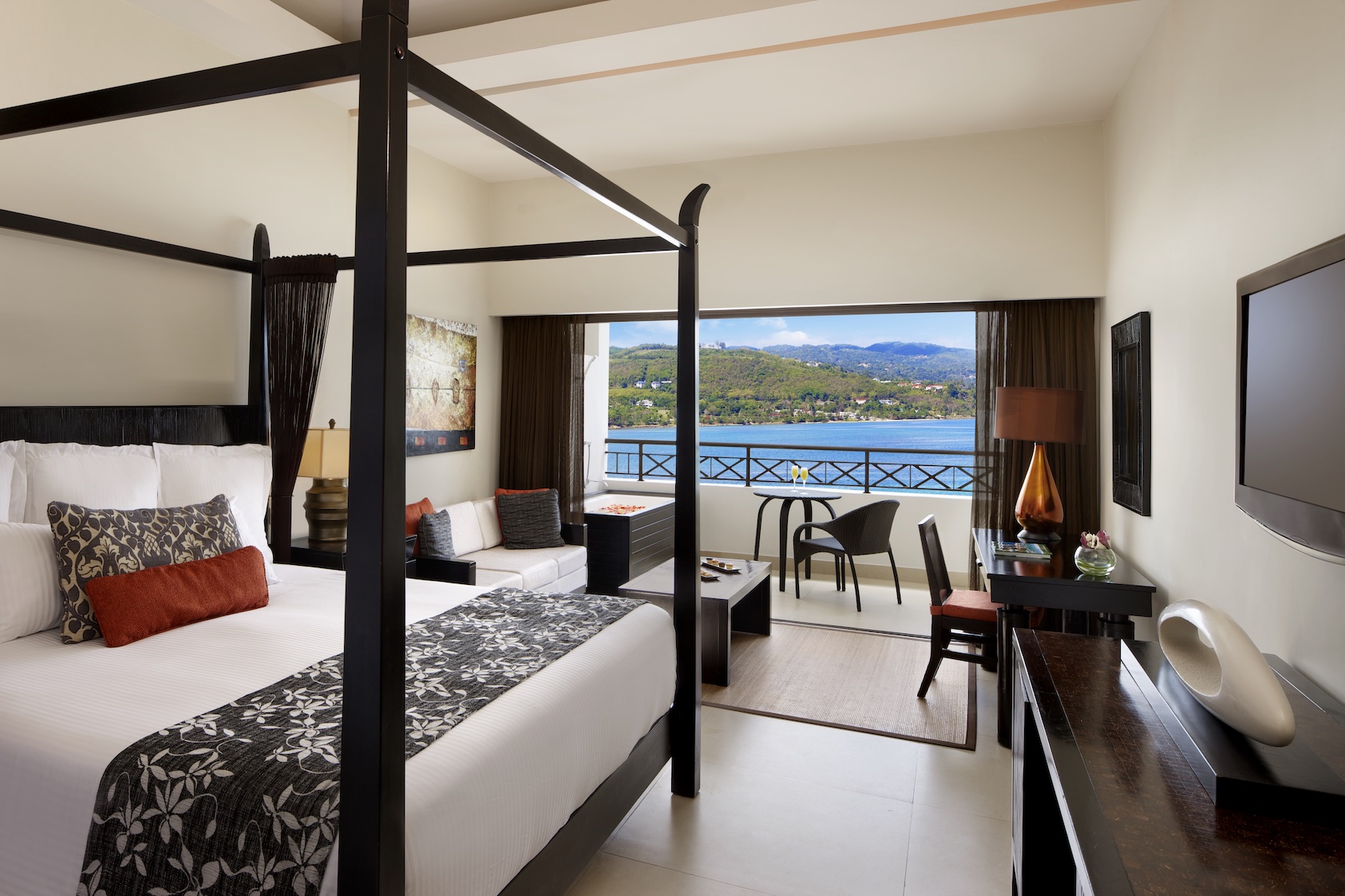

Maurice Yaméogo rose to be his second in command, with the portfolio of the Interior, a position which allowed him to assume the role of interim head of government, following Coulibay's death in September 1958. In January 1958, threatened by a vote of censure, Coulibaly enticed Maurice Yaméogo and his allies in the assembly to join the Voltaic Democratic Union-African Democratic Assembly (UDV-RDA) in exchange for promises of promotion within the government. In May 1957, during the formation of the first Upper Voltaic government instituted under the Loi Cadre Defferre, he joined the coalition government formed by Ouezzin Coulibaly, as minister for agriculture and a member of the Voltaic Democratic Movement (MDV). As a member of the colonial administration from 1946, Maurice Yaméogo found a place for himself in the busy political landscape of Upper Volta thanks to his skill as a speaker. However, his political ascension did not occur without difficulties. "Monsieur Maurice" embodied the Voltaic state at the moment of independence. This overview is provided for information only and in no way involves the responsibility of the Court.Maurice Yaméogo (31 December 1921 – 15 September 1993) was the first President of the Republic of Upper Volta, now called Burkina Faso, from 1959 until 1966. It further pointed out that the rights of Niger were in any event safeguarded by the operation of Article 59 of the Statute of the Court. The Chamber likewise took the opportunity to point out, with respect to the tripoint Niger-Mali-Burkina Faso, that its jurisdiction was not restricted simply because the endpoint of the frontier lay on the frontier of a third State not a party to the proceedings. Having considered those various kinds of evidence, the Chamber defined the course of the boundary between the Parties in the disputed area. The Parties also relied upon various types of evidence to give support to their arguments, including French legislative and regulative texts or administrative documents, maps and “colonial effectivités” or, in other words, the conduct of the administrative authorities as proof of the effective exercise of territorial jurisdiction in the region during the colonial period. It also indicated that it would have regard to equity infra legem, that is, that form of equity which constitutes a method of interpretation of the law and which is based on law. The Chamber specified that, when those boundaries were no more than delimitations between different administrative divisions or colonies all subject to the same sovereign, the application of the principle of uti possidetis juris resulted in their being transformed into international frontiers, as in the instant case. It noted that, in that case, the principles that ought to be applied were the principle of the intangibility of frontiers inherited from colonization and the principle of uti possidetis juris, which accords pre-eminence to legal title over effective possession as a basis of sovereignty, and whose primary aim is to secure respect for the territorial boundaries which existed at the time when independence was achieved. In its Judgment delivered on 22 December 1986, the Chamber began by ascertaining the source of the rights claimed by the Parties.

The Chamber indicated such measures by an Order of 10 January 1986.

Following grave incidents between the armed forces of the two countries at the very end of 1985, both Parties submitted parallel requests to the Chamber for the indication of interim measures of protection. This Chamber was constituted by an Order of 3 April 1985. On 14 October 1983 Burkina Faso (then known as Upper Volta) and Mali notified to the Court a Special Agreement referring to a Chamber of the Court the question of the delimitation of part of the land frontier between the two States.


 0 kommentar(er)
0 kommentar(er)
